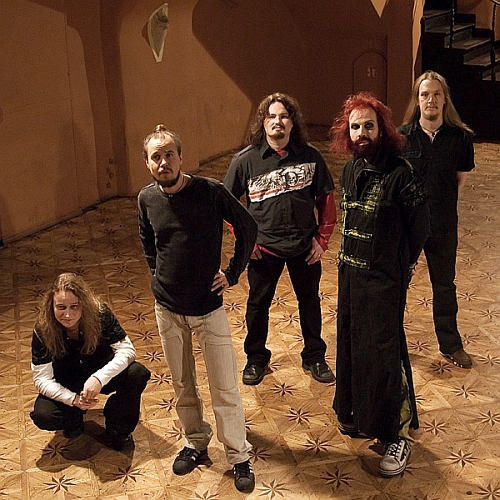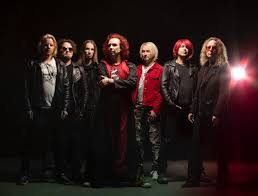Kärtsy and Jariot Lehtinen, the good mates already from the first class in a comprehensive school, decided to put up their first band, a childhood line -up established in 1978 and called Draculas (already at the age of 11), influenced by punk rock, which was teaching the new principle to music lovers that anybody can play and start a band. The story of Draculas was more or less just a lot of underground taping, first with just an acoustic guitar and a piano, Kärtsy and Jariot just being a duo, then later getting the electric instruments and the drummer Arto and bass player Nasila. The story of the band was more just learning to play while taping a lot of songs to c-cassettes, one real demo in studio in the early 80s and doing some occasional shows to friends at Kärtsy´s home Kalliola (a university building), and a bit around. After Draculas, when growing up as an 80s teenager (from Kärtsys point of view), he was seeing music business moving into a very uninspiring, uncreative and commercial direction. Especially that period in the Finnish music rock scene (after the biggest punk wave died) was very boring, especially until year 1987 when the metal music finally landed to Finland , fortunately then for good. Of course at that time too there were a few exceptions, such as a very innovative live band called Sielun Veljet (in English called L´amourder), who shook the ground of Finnish rock scene with its shamanistic rough sweaty live rock shows already in the early 80s.. But, as for the Finnish hard rock, Peer Günt and Smack were the only decent rock bands in Finland back then, from which especially Smack Kärtsy sure also liked for their street credibility. These observations fueled Kärtsy´s courage and ambitions to establish Waltari, his best-known band to date and named after a famous Finnish novelist, the name also being an ancient Finnish word for “king”.
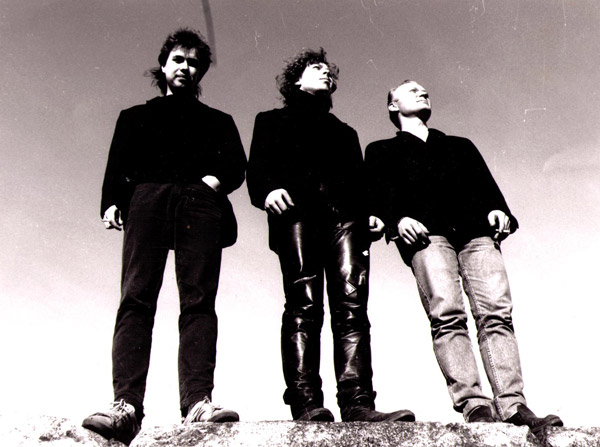
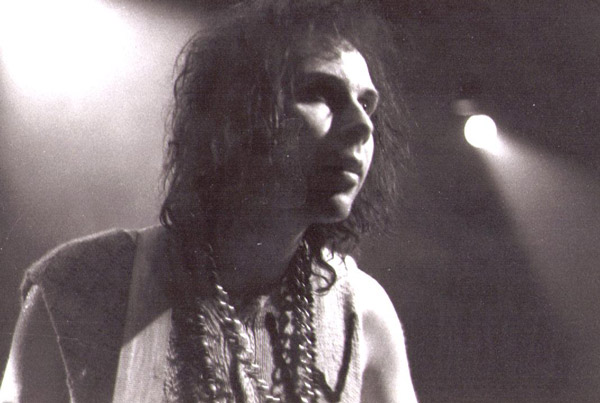
Ever since Waltari was established 1986, its purpose was to use all possible tools of popular music invented after early 60s till this date and with NEVER forgetting the original rebellish rock-and-roll/punk attitude, mixed with some craziness from the prog rock and new wave scene, with never being too serious either and adding some humour to music from e.g. the acts like Frank Zappa and XTC. Being endlessly open minded and musically innovative was the target. A good example is one of their earlier songs, the first ever Finnish-language rap piece, called Mut hei! (But hey!) from the year 1988, which was at that time heavily influenced by the early Beastie Boys. Continuing e.g. a few years later with the same musical idea they got this crazy idea of covering Madonna’s Vogue, their first foray into the foreign markets in 1992, and was then versioned in a house/metal form, introducing for the first time the programming elements in Waltaris music. Along with the rebellish street rock attitude, Kärtsy has always loved all kinds of keyboards and electronic music. No wonder though, since his first instrument was keyboards until becoming a bass player in Waltari, “coz no good bass player was available around”. Kärtsy was for a long time very unwilling to continue as a bass player in the band, because he still always wanted to be just more of a front man and a lead singer. Singing has always been his biggest love.
The bands late 80´s first official line- up was still only a power trio, with Jariot Lehtinen on guitar and Sale Suomalainen on drums, while Kärtsy was playing bass and singing. Those days the bands like Cult, U2, Devo ja PiL, some kind of post punk wave mixed with some early gothic and hard rockish influences were cool inside the band , and little by little they then started to shock the Finnish intellectual student club audience of that time with their strange mixture of punk, post punk and the madness of old prog music, even sometimes the Frank Zappa kind of musical insanity, not forgetting mixing Finnish and English language, even in the same song! They soon created a very scary musical reputation with normal clubbers at that time really wondering what the hell these guys were doing!
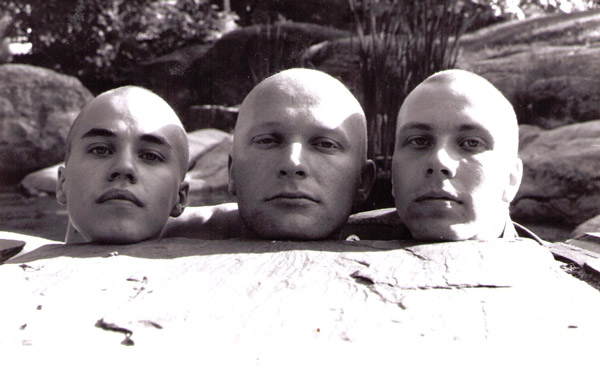
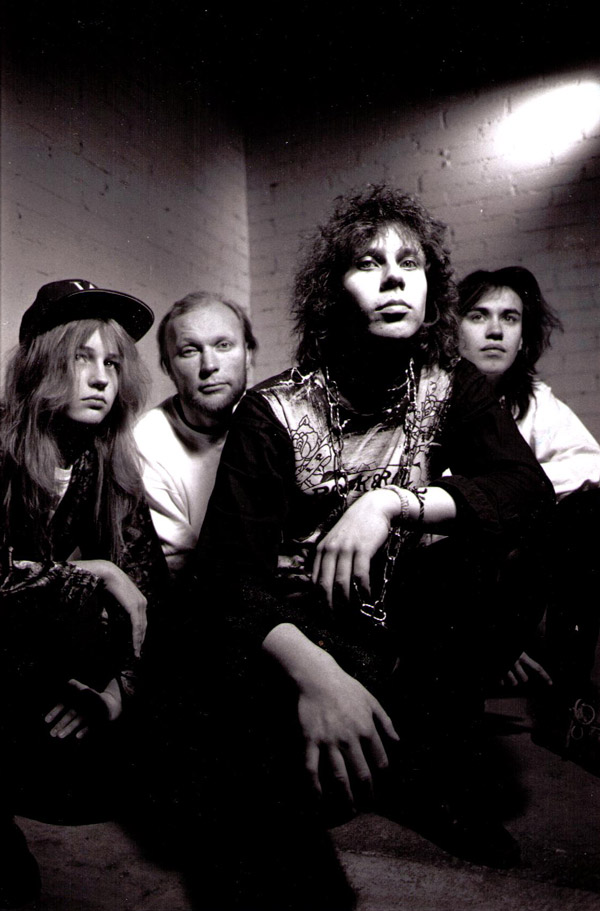
However, also the hip American producers of the 80s, and their productions in the different fields of rock music, especially Rick Rubin, introduced the boys to these new exciting styles and musical influences coming from America, apart from what he did with the Beastie Boys and Cult (which were already as mentioned some of Kärtsy´s favourites), then also to these new thrash/speed metal bands like Slayer. Along with watching weekly the legendary MTV hard rock programme Headbanger´s Ball, to finally ending up to Waltaris common tour in the clubs and youth clubs of Helsinki together with the pioneering Finnish metal bands like Stone and Airdash, speed metal blew these guys´ minds throughout and changed their style heavily towards metal, slowly but surely..later to become known as the “Waltari-style”, an ultimate cross- over hard rock music based on hard rock/metal music, but really without any stylish or genrean limits (attitudewise then heavily influenced by the classical rock bands e.g. the Queen). Then they also found another guitarist to the band from the Finnish metal act Brainwash, Sami Yli-Sirniö, (nowadays also known as the second guitarist in Kreator), to make Waltari sound thicker and heavier. After that the band then slowly started getting a lot of attention inside the growing Finnish metal scene as a new wild cross-over phenomenon, and then soon in the entire Europe, after getting their first international record deal, with connecting their original “Finnish” sound to this growing cross-over metal movement in the early 90s, along with bands like Faith No More and Living Colour, who started to be very successful in the metal scene.
In 1991, Waltari then decided to strive for more success, this time outside Finland, since still too few people understood their unique musical mixture in Finland, and only a few singles and EPs were so far released through the small Finnish independent labels, finally followed by their first album Monk Punk (1991 Stupido Twins). In October the band got its first live performance in Germany in BID ( Berlin Independence Days), a mass happening for new up-coming interesting European independent bands, and after that the band decided to stay there for a while and to start to build a real career in Europe. Finland felt a way too narrow scene to this kind of original music, and the atmosphere was far better in Germany. By the time the surprising signing of, straight away, a worldwide contract with metal label Roadrunner Records in 1992, as a result of the Germany trip, really felt like an achievement. That made also the Finnish press change their opinion about this controversial band. And soon, after getting great reviews in all European hard rock music magazines with their first Roadrunner release Torcha (1992 Roarrunner), they started heavy touring all over Europe, getting more and more success and attention also in international press and on TV, continuing on this path more or less throughout the whole 90s. Waltari was then the first band of this famous 90s Finnish hard rock/metal invasion to the European charts. Amorphis then followed closely behind.

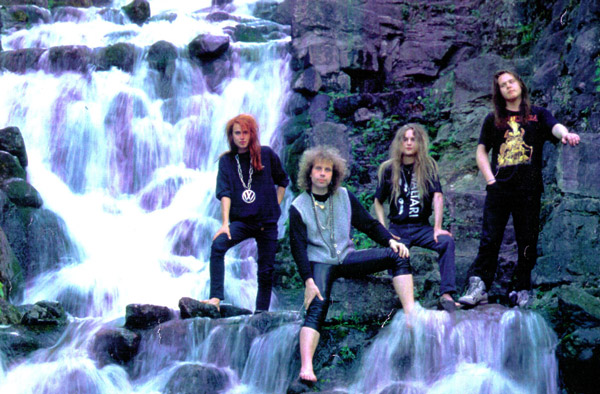
But this surprising international success didn´t change Kärtsy´s attitude towards continuing the new musical challenges with Waltari. That then was the idea of the whole band! In 19
93 Waltari had a chance to turn their new musical passions into reality when getting together with a Lappish ethno duo called Angelit. Kärtsy needed something fresh for his new electronically influenced song, a kind of a follower to Madonnas Vogue cover, which was a big underground hit in Europe. Then accidentally he found these Lappish girls and finished the song together with them. The theme was titled So Fine (later released on cd called So Fine, 1994 Roadrunner), and achieved a lot of success everywhere on European radio, with this joiching hook line along with the electronic beats and metal guitars.
Excited about the success, the bands then decided to join their forces, to put up a common tour called Ethno meets Metal and to tour together on European stages. (A few years later this live set also was recorded in a studio and released as a project album, titled Channel Nordica, 2000 EMI.)
Inspired by the enthusiastic ethno music boom in Finland at the time, Waltari then was able to include some Finnish folk influences into their music, and then also to bring a piece of old original Nordic mythology culture onto European rock stages, as well as Kärtsy´s reborn enthusiasm towards the 90´s raising generation of synthesizers and techno music:). So Fine has been so far the biggest international commercial success for the band. (E.g. being no.1 in Holland etc. etc.)


Next year 1995, besides continuing the heavy touring all over Europe and signing a new major label contract with Emi Electrola in Germany, followed by their 4th album Big Bang (1995 EMI), Waltari also joined forces with Avanti! symphony orchestra to produce an unique musical composition, titled Yeah! Yeah! Die! Die! Death Metal Symphony In Deep C, once again one of the long lasting musical dreams of Kärtsy. “I think, each band´s ultimate dream is to play with a classical orchestra” claimed Kärtsy. One must say he´s sure right, and the big success of the previous years made this dream then to become a reality. Finnish Festival Week then offered Kärtsy a job to compose a musical piece for them, and now he had a chance to fulfill an idea, which had been in his mind already for a few years, to combine ultimate metal music to classical music. From his childhood he sure remembered all the similar projects of e.g. Deep Purple. But Kärtsy then wanted to update this idea and bring it out in a fresher form to the public, in a form of the darkest metal style at the time called death metal. The Festival Week Show was a huge success and later the band remade it in a studio to a CD form. The CD was then released the next year and titled Yeah!Yeah!Die!Die!-Death Metal Symphony In Deep C (1996 EMI). CD was possibly too uncommercial for the big audience, but has reached a huge amount of respect amongst the metal fans all over the world. The original CD is still a big collectors item inside the metal/music lovers scene and huge sums are still paid for it on the Internet. The CD has later been re-released as a bonus CD on Waltari DVD called Rare Species Alive (2005 Midas).
Later on, Waltari has also continued within the same idea, with combining death metal and grind core on the stage of the Finnish National Opera, with the Sibelius Lukio symphony orchestra. Kärtsy was asked by the director of the Finnish National Ballet at that time, Jorma Uotinen, to compose a similar kind of cross-over work for the Finnish National Ballet, inspired by Yeah Yeah Die Die. The result was called Evangelicum, a huge spectacular work with a symphony orchestra, a choir and Waltari playing death metal featuring Tarja Turunen, the former singer of Nightwish as a soprano female opera singer. The stage also included 50 ballet dancers (choreography made by Jorma Uotinen), so there were more than a 100 people on stage at the same time! Huge! The show was performed on main stage of Finnish National Opera House around millenium´99-2000 as a full evening piece, and all the 12 shows were completely sold out till the last seat!
Unfortunately this masterpiece has still remained unreleased officially to this date as a cd. This is still Kärtsy’s dream to get it done properly one day. In Youtube there are sure lots of pieces from those live shows to see though.
These albums released by Waltari after Yeah Yeah Die Die are called:
Space Avenue (1997 EMI)
– An electronic version of the Waltaris multi cross over metalrock, produced by Rhys Fulber, the legendary Canadian industrial programming guru, who has previously produced acts like Fear Factory, Front Line Assembly etc. etc. This album also introduced a new guitar player in Waltari called Roope Latvala (played in the band 1996-2000, nowadays playing in Children Of Bodom). As a special guest there also was a new interesting metal cello group from Finland called Apocalyptica.
Decade (1998 EMI)
– A complete compilation of Waltari´s first decade, including the hits and singles this far, added with some bonus material and a few new songs composed in America, where the band stayed and did gigs for some time that year.
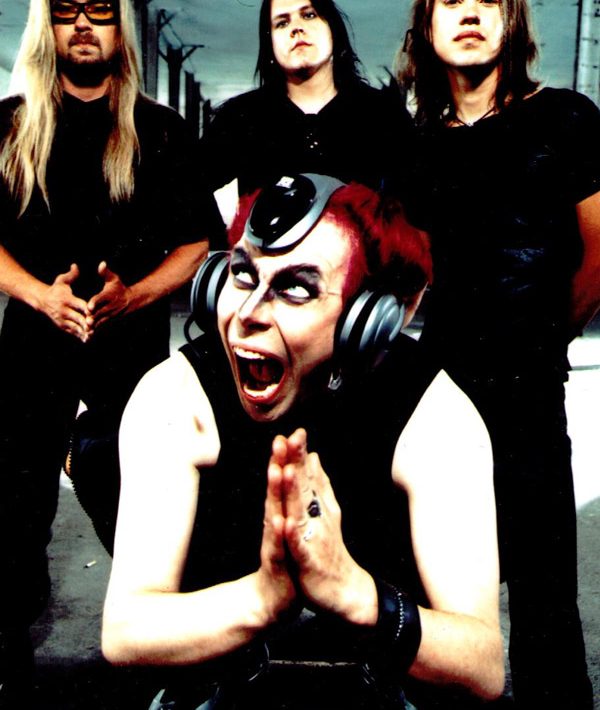
Radium Round (1999 EDEL)
– Their 7th full length CD and at the same time their last album of the last millenium before the longer break, continuing until 2003
Rare Species (2004 VINDAUGA/VIELKLANG)
– Their come back album in this millenium, introducing Sami Yli-Sirniö again as the second guitarist.
Blood Sample (2005 BLUELIGHT)
– Again introduced an updated 2005 version of this multi cross-over monster and their different styles, was planned to be a Waltari “double album”, incl.17 songs, with each of them stylewise more or less different from the others, in a real spirit of legendary “Waltari ultimate cross over”.
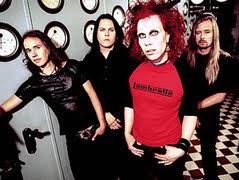
Early Years (2006 STUPIDO TWINS)
– Waltaris original record label Stupido Twins from early 90´s got a plan together with Kärtsy to build up a kind of a 20th anniversary release of the band´s existence. This very special CD includes their releases through the Stupido Twins label (the remasterd first album Monk Punk, a compilation of the first 5 years called Pala Leipää, originally released by them in 1993 and including their first vinyl eps and singles released ) plus 10 previously unreleased tracks from their original trio era reunited and recorded by that original line-up in winter 2006.
Release Date (2007 BLUELIGHT)
– Up to date the last full length Waltari CD, including a very metallic sound world, with flirting a bit towards prog rock.
2nd Decade In The Cradle (2008 STAY HEAVY)
– A second official compilation of Waltari´s 2nd decade, including the newer singles and special new unplugged recordings, and 1 brand new song from their next coming album… April 2009 the new title track In The Cradle was awarded In Finland as the video of the year, voted by public.
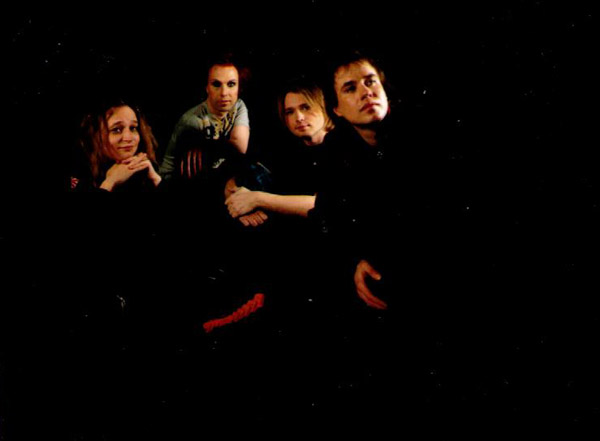
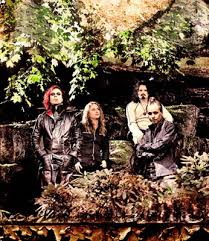
A complete discography of Waltari so far:
1988, Waltari (maxiEP)
1989, Rap Your Body beat (Single)
1990, Mut Hei (maxiEP)
1991, Good God (Single), Monk Punk (Album)
1992, Aika Tuulee (EP), Torcha (Album)
1993, Pala Leipää (A compilation of Waltaris early singles and eps, incl.newly recorded old unreleased songs from the 80s)
1994, So Fine (Single), So Fine (Album), So Fine (remixSingle), Misty Man (Single)
1995, Atmosfear/Feel (Single), Big Bang (Album), The Stage (Single)
1996, Yeah Yeah Die Die- Death metal Symphony In Deep C (Album), Move (Single)
1997, Space Avenue (Album), Far Away (Single), Blind Zone (Single)
1998, Decade (The best of-compilation incl.some new songs and unreleased material), Walkin´In The Neon (Single), Walkin´In The Neon (remixSingle)
1999, Every Bad Day (Single), Radium Round (Album), Atom Angel (Single)
2000, WALTARI+ANGELIT: Channel Nordica (Album), So Fine 2000 (Single)
2001, Back To Persepolis (EP)
2003, Life Without Love (Single)
2004, Rare Species (Album)
2005, Rare Species Alive (DVD), Not Enough (Single), Blood Sample (Album)
2006, Early Years ( A 20th anniversary release incl. remastered Monk Punk album and Pala leipää-compilation, with some newly recorded old unreleased songs from the 80s)
2007, Release Date (Album)
2008, 2nd Decade In The Cradle (Best of compilation from the years ’99 – ’08)
2009, Below Zero (Album)
Waltaris contribution can also be heard e.g.on the following songs/releases:
-Dawning Of Doom (Die Krupps: The Final Remixes CD 1994)
-Rasnavitsnavia (Idiootikeskosia EP 1992)
-Mitä Sinä Teet Jos Nään (Idiootikeskosia 2 EP 1994)
